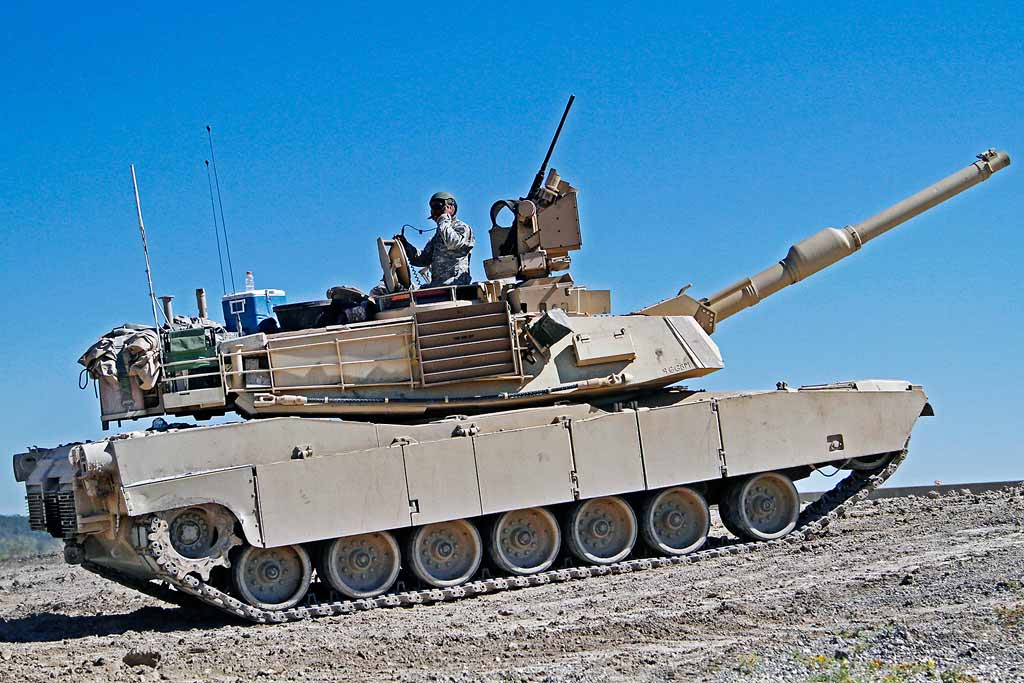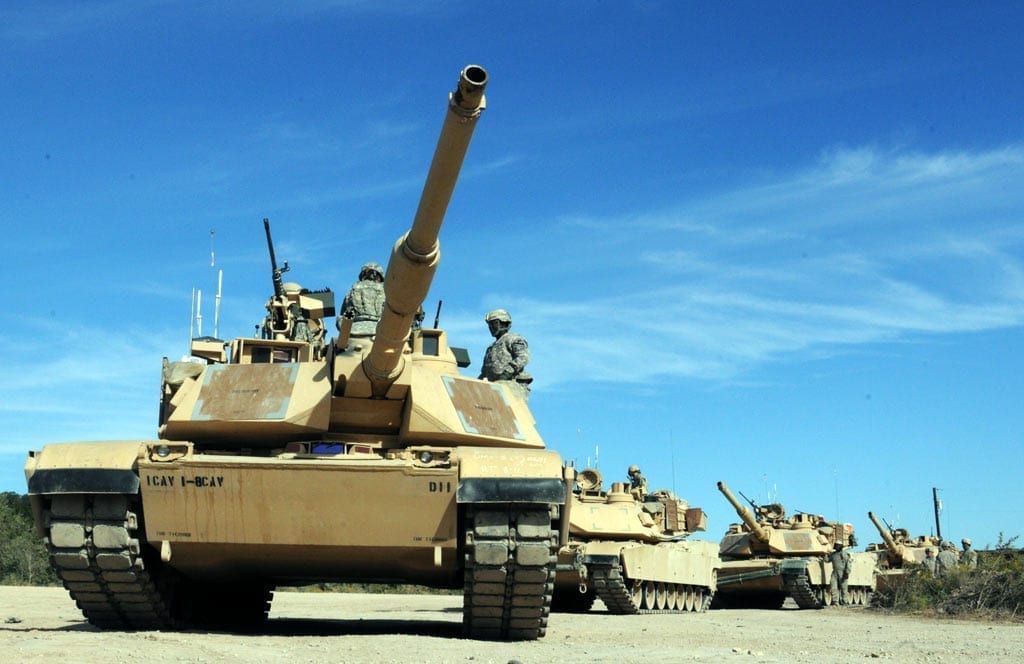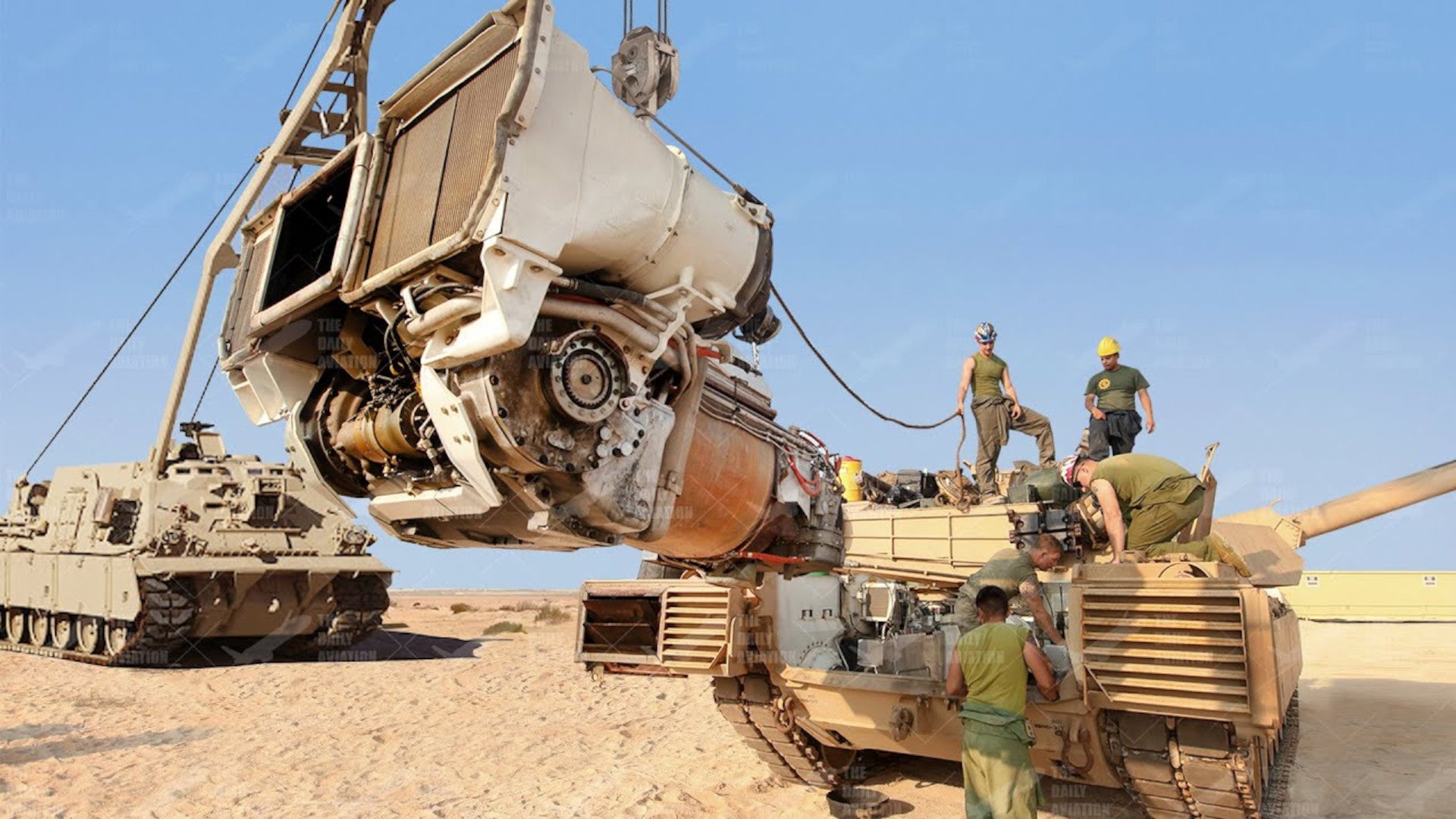- Reaction score
- 13,167
- Points
- 1,010
We never had Scorpions. Do you mean Cougars?Wait, haven't we got any Scorpions left in the inventory we can haul out and claim are as good as, or better than, the M10?

We never had Scorpions. Do you mean Cougars?Wait, haven't we got any Scorpions left in the inventory we can haul out and claim are as good as, or better than, the M10?
You can find the Cougars at most local bars.......oh wait sorry wrong cougar.....We never had Scorpions. Do you mean Cougars?
We never had Scorpions. Do you mean Cougars?

 canadianmilitaryhistory.ca
canadianmilitaryhistory.ca
Seems like it would be worthwhile effort to dieselize these Abrams and find a market for themyup....
Tank graveyard exemplifies pork-barrel spending
Ever heard of pork-barrel spending? It's not about pigs. It's a term used to describe funds from Congress that are pumped into local projects, mainly to bring money back to a lawmaker's home district.
In fiscal year 2016, 123 earmarks — that's another word for pork spending — cost taxpayers $5.1 billion. That's especially high when you look at the past few years. The figure has about doubled just since 2014. And all of this year's pork spending was in one big bill — HR 2029, according to the Pig Book, an annual report from Citizens Against Government Waste.
One of fiscal year 2016's earmarks is a classic example of pork-barrel spending. It's $40 million to continue upgrading the M1 Abrams tank, and this has been an earmark for years. But the thing is, the Department of Defense doesn't want it.
"It would cost us $2.8 billion just to keep that open, and our tank fleet is in good shape," said former Army Chief of Staff Gen. Raymond T. Odierno.
The Army has told Congress it's good on these tanks. It's so good, it has 2,000 of them parked in the desert in California.
Since fiscal year 1994, there have been 39 earmarks just for this tank program, which together has cost $948.6 million, according to Citizens Against Government Waste.
So why spend millions on military equipment the military doesn't need? To keep money coming into lawmakers' home districts where parts for those tanks are built, which means jobs and economic stimulation in their districts — even if it doesn't make economic sense nationwide.
Which is pretty much a perfect, textbook example of pork-barrel spending

Tank graveyard exemplifies pork-barrel spending
A tank program the military said it doesn't need is a result of pork-barrel spending meant to bring money to a lawmaker's home district.www.kjrh.com



its got to help but everyone is adding APU's and the Abrams X still advertises 50% better fuel economy unless they are comparing to the originalI wonder whether the new Auxiliary Power Unit on the M1A2SEP3 makes the diesel engine debate less relevant? Or perhaps reduces the fuel burn issue to a level where the advantages of a turbine clearly outweigh any remaining "excess fuel consumption."
Could we not fit a LAV with LRA (Lav Reactive Armor) provide similar if not the same level of protection as the Bradley? Base armor is similar and or the same configuration. Weights of the vehicles are close in full configs.
Could we not fit a ATGM to the Lav the same or similar as the Bradley?
The Tracked version of the Lav Hull has some promise, but not enough interest. But the Lav protection has proven to be pretty effective agaisnt mines, rpgs etc.
Agreed.That video of the Bradley taking that tank round was pretty neat to see. Hopefully none of the troops were hurt.
"The original" being all models pre SEP3 (first received by units in 2020), so it is likely they are. Abrams X also includes some pretty dramatic weight reduction measures.its got to help but everyone is adding APU's and the Abrams X still advertises 50% better fuel economy unless they are comparing to the original
Cat stopped selling engines for on the road applications because of emissions, but maybe they would make an exception for military.So does Cat Caterpillar C27 - Wikipedia
Everything has an exemption/exception for the Military…Cat stopped selling engines for on the road applications because of emissions, but maybe they would make an exception for military.
MBTs don't use on-highway engines. They top out around 15 liters. The leopard 2 has a 27 liter engine.Cat stopped selling engines for on the road applications because of emissions, but maybe they would make an exception for military.
Befor that Shermans with Homelite,We even had an auxiliary generator on Centurion. A 4 cylinder Austin motor. I used to get parts for my Austin Mini from the Parts Crib.
Yes, of course....
But we almost bought the Scorpion, apparently:
Last Minute Cancellation: Canada and the Scorpion
After some redesign, Alvis finally delivered the first production models of the Scorpion to the British Army in January 1972. The Canadian army planned to buy 131 Scorpions – 70 would equip units at home, and 61 would go to Canadian troops in Europe. This plan was complicated a few months later by delays in production. In the summer of 1972, Alvis was affected by strikes and go-slow tactics, resulting in poor production performance. Canadian negotiators could not get firm prices from the British Ministry of Defence, and the slowdown meant that the delivery schedule might be delayed by up to six months and force purchases of costly spare parts for the Centurion. The Canadians had no confidence in Alvis’ delivery promises, and they also thought that they were being taken advantage of by a company who knew it was the sole source.

Last Minute Cancellation: Canada and the Scorpion - By Frank Maas | Canadian Military History
Since the 1960s, the Canadian army’s tanks have come close to extinction a number of times. Just a few years ago, the army announced it would retire all its Leopard C2s in favour of a wheeled vehicle…canadianmilitaryhistory.ca
The Commander is in the turret. No one is sitting behind the driver. It ammunition loading area and some minor gear space that it is.Consequently we ended up with the Cougar - a MOWAG Piranha with the Scorpion turret. As opposed to the Grizzly - a MOWAG Piranha with the turret from the Cadillac Gage Commando which later evolved into the TAPV.
Edit - by the way the difference between the TAPV and the LAV is that the LAV is a TAPV driven in reverse.
In the LAV the engine is right front and the tunnel is left front. In the TAPV the engine is left rear and the tunnel is right rear.
In the LAV the driver, and sometimes the commander, sit in the tunnel and the troops debus through the other end.
But otherwise I agreeIn the TAPV the tunnel is wasted space and the driver and commander block the troops access.
The 14 to 19 tonne TAPV is an ass-end backwards LAV 2 with 4 wheels instead of 8.
